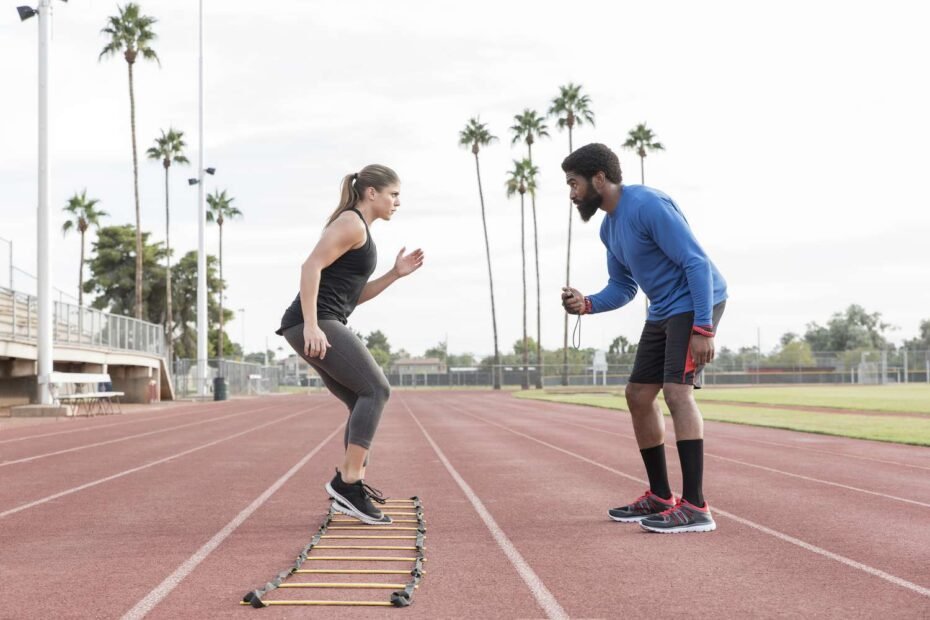In the realm of sports and athletics, agility is the secret sauce that can elevate your performance from good to exceptional. Agility training is not just about being swift but also about being nimble, responsive, and precise. Whether you’re a professional athlete or someone who enjoys recreational sports, agility training can significantly enhance your athletic prowess. In this article, we’ll delve into the world of agility training, its importance, and various exercises to help you unlock your full athletic potential.
The Significance of Agility Training
Why is agility training so vital for athletes? Here’s why:
1. Enhanced Performance
Agility training hones your ability to move quickly and effectively in all directions. This skill is invaluable in sports where rapid changes in direction are common, such as basketball, soccer, or tennis.
2. Injury Prevention
Agility drills often involve movements that improve balance and stability. This can help reduce the risk of injuries, especially those related to sudden twists or falls.
3. Improved Coordination
Agility exercises challenge your coordination and body awareness, making you more adept at controlling your movements and reacting to stimuli.
4. Mental Agility
Agility training isn’t just about physical speed; it’s also about mental quickness. It enhances your decision-making ability and adaptability on the field.
Effective Agility Exercises
Here are some agility exercises that can help you become a more agile athlete:
1. Cone Drills
- 3-Cone Drill: Set up three cones in a straight line, about 5 yards apart. Sprint from the first cone to the second, then to the third, making sharp turns at each cone. This drill improves your ability to change directions rapidly.
- T-Test Drill: Create a T-shape with cones, sprinting to the top of the T, shuffling to one side, shuffling to the other side, and then backpedaling. This drill works on multidirectional agility.
2. Ladder Drills
Using an agility ladder, practice various footwork patterns like the “In-and-Out,” “Side Shuffle,” or “High Knees.” These drills enhance foot speed, coordination, and balance.
3. Reaction Drills
Incorporate reaction drills like the “Mirror Drill,” where you and a partner mimic each other’s movements. This sharpens your reflexes and decision-making abilities.
4. Plyometric Exercises
Plyometric drills like box jumps, squat jumps, and lateral bounds enhance explosive power and quickness.
5. Sport-Specific Drills
Tailor your agility training to the demands of your sport. For instance, soccer players can benefit from dribbling through cones, while basketball players can practice agility drills with a basketball.
Incorporating Agility Training into Your Routine
To make the most of agility training:
- Warm-Up: Always begin with a thorough warm-up to prepare your muscles and joints for the demands of agility exercises.
- Progressive Training: Start with basic agility drills and gradually progress to more complex ones as your skills improve.
- Consistency: Regular agility training is key to improvement. Aim for at least two to three sessions per week.
- Recovery: Allow time for your body to recover between agility sessions. Overtraining can lead to injuries.
Conclusion
Agility training is the secret weapon that can take your athletic performance to new heights. Whether you’re a seasoned athlete or someone who enjoys recreational sports, incorporating agility exercises into your routine can enhance your speed, coordination, and decision-making abilities. So, lace up those sneakers, set up those cones, and get ready to unlock your athletic potential with agility training.
